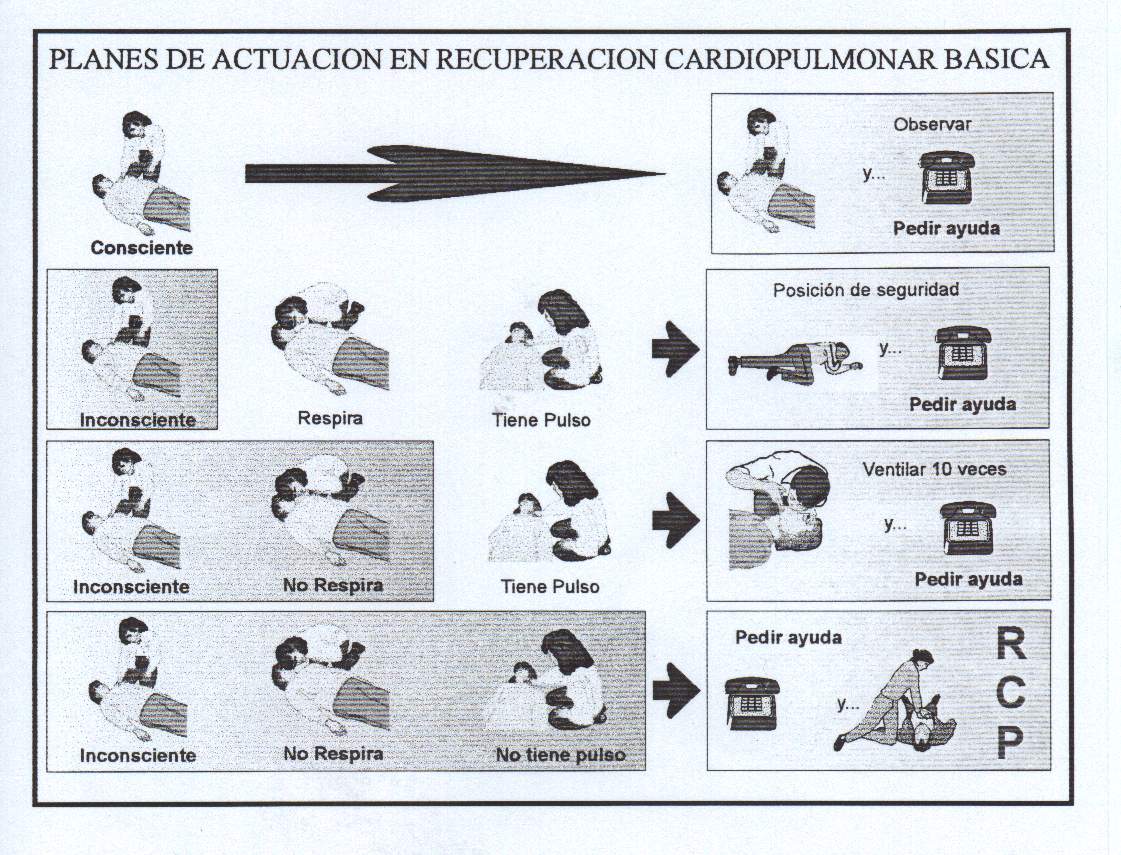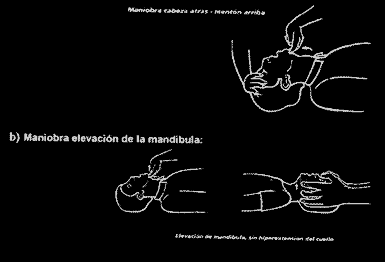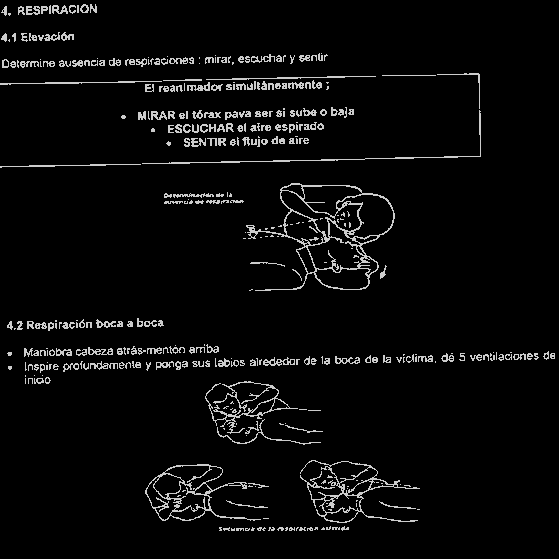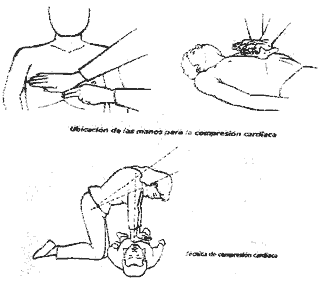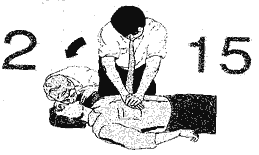Cardiopulmonary resuscitation (CPR) is an emergency procedure to save lives that is used when a person has stopped breathing and the heart has stopped beating. This can happen after an electric shock, heart attack, drowning or any other circumstance that results in the arrest of cardiac activity. Time compressions are at least 100 compressions per minute, which in adults is 30x2x5, 15x2x5 in children, and infants 15x2x5. to achieve this quality CPR.
CPR combines mouth-to-mouth and chest compressions:
The rescue breathing supplies air to the lungs of the person.
Las compresiones cardíacas procuran restituir la actividad del corazón.
Todo ello, hasta que se puedan restablecer la función respiratoria y las palpitaciones cardíacas de manera natural o bien de manera artificial mediante monitores cardíacos o respiratorios.
Se puede presentar da√Īo permanente al cerebro o la muerte en cuesti√≥n de minutos si el flujo sangu√≠neo se detiene; por lo tanto, es muy importante que se mantenga la circulaci√≥n y la respiraci√≥n hasta que llegue la ayuda m√©dica capacitada.
Las t√©cnicas de RCP var√≠an ligeramente dependiendo de la edad o tama√Īo del paciente. Las t√©cnicas m√°s novedosas hacen √©nfasis en las compresiones por encima de la respiraci√≥n boca a boca y las v√≠as respiratorias, revocando la vieja pr√°ctica.

 Portugues
Portugues English
English